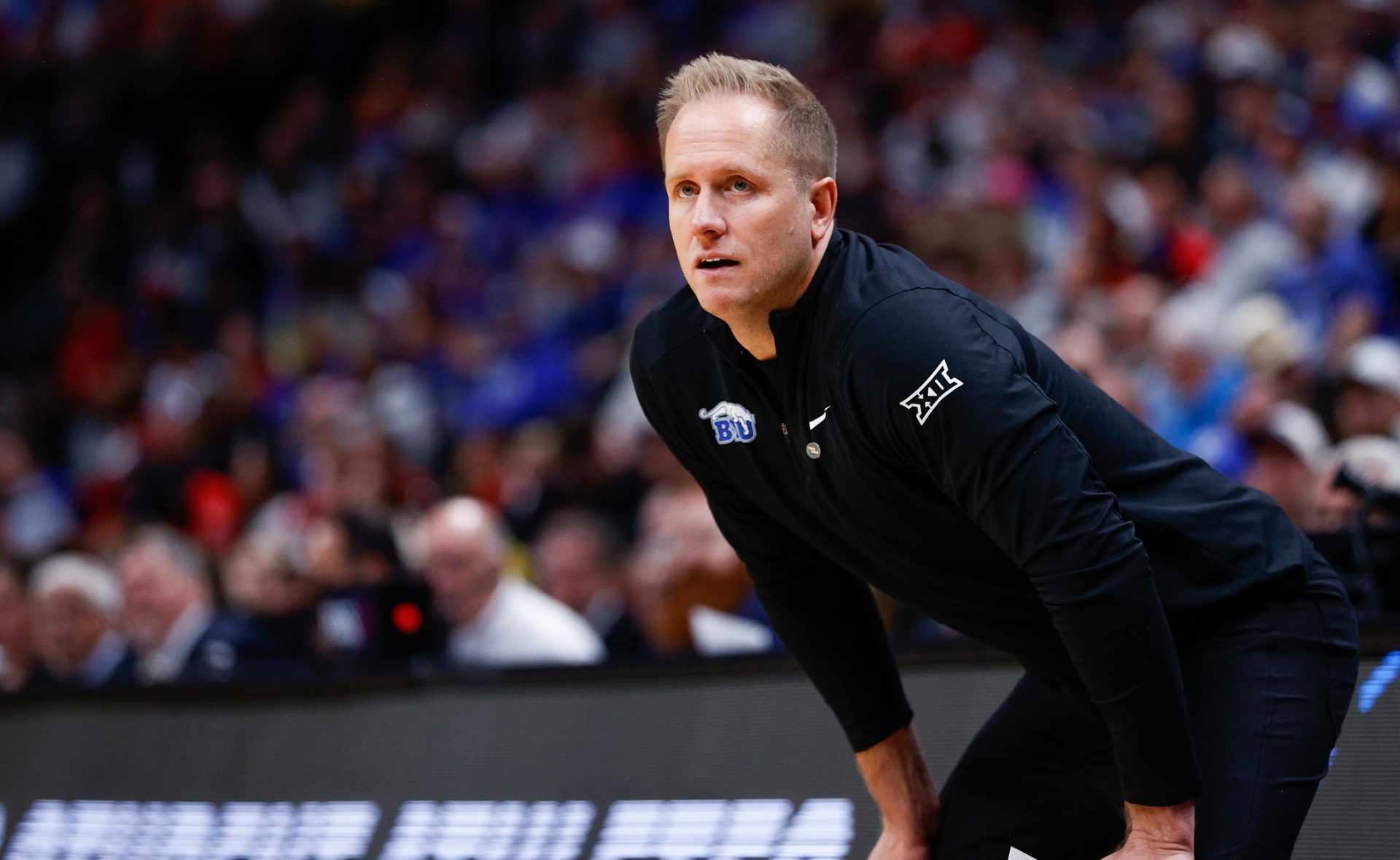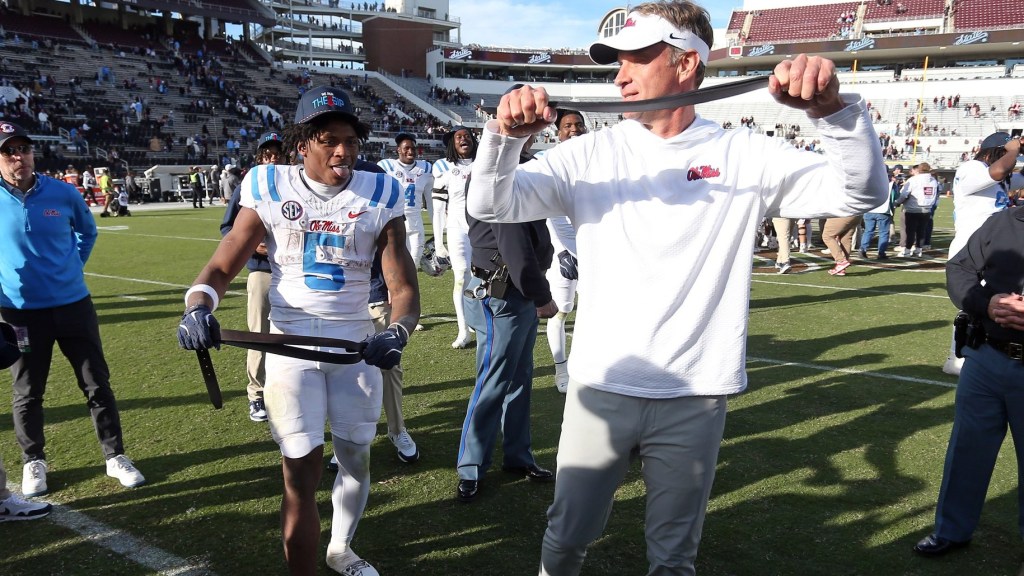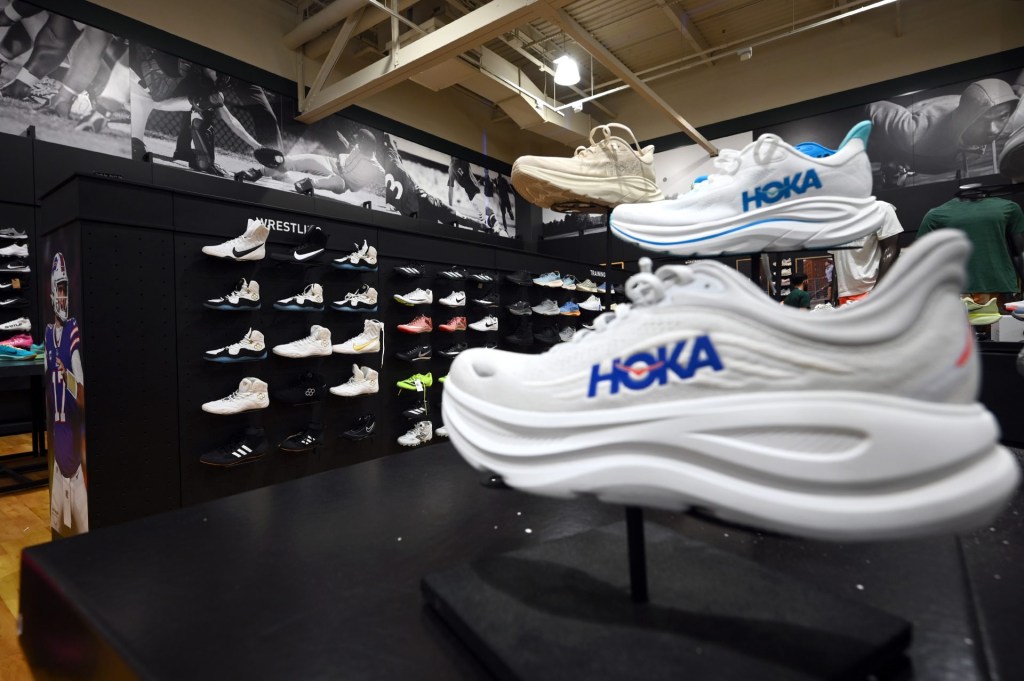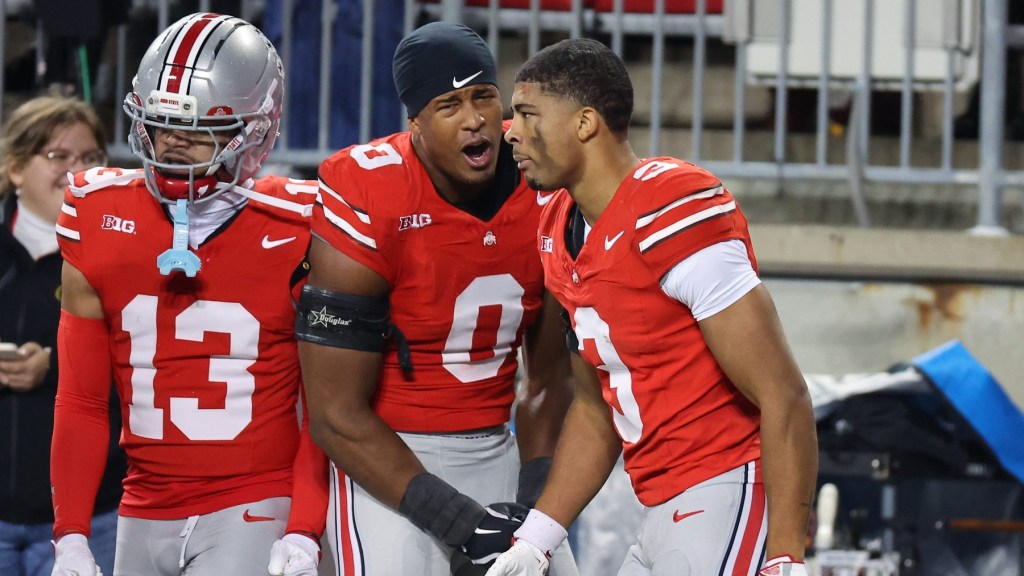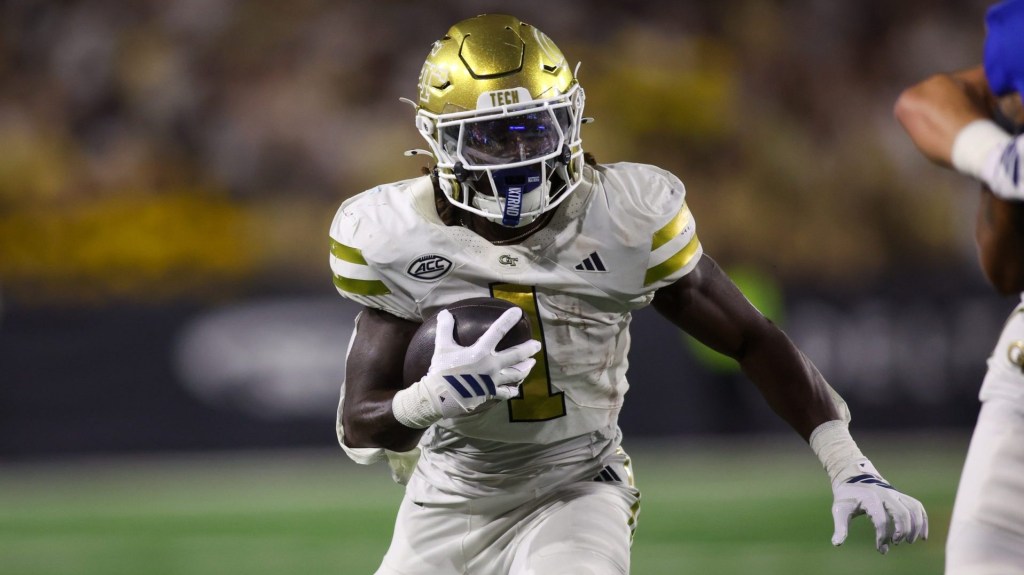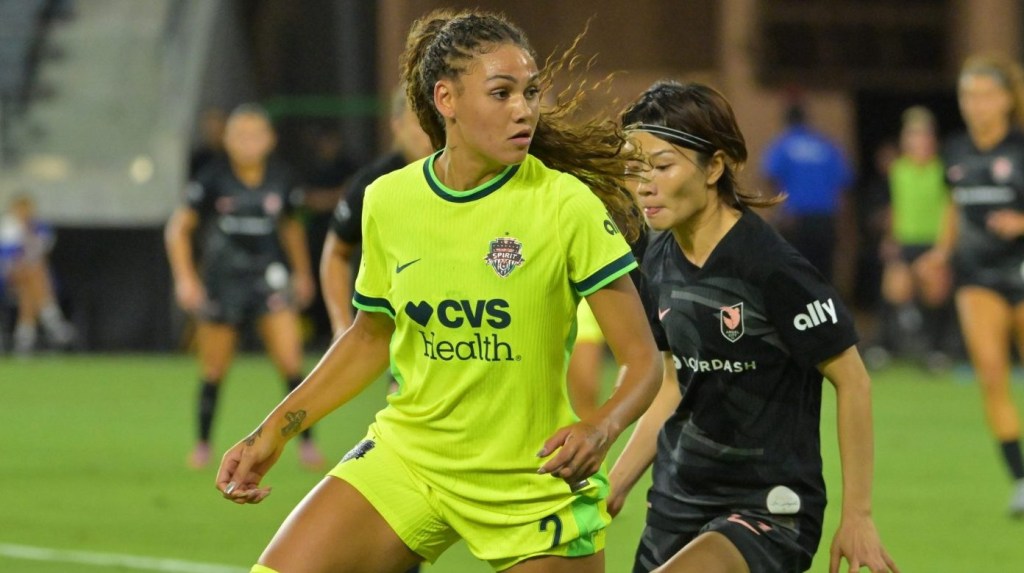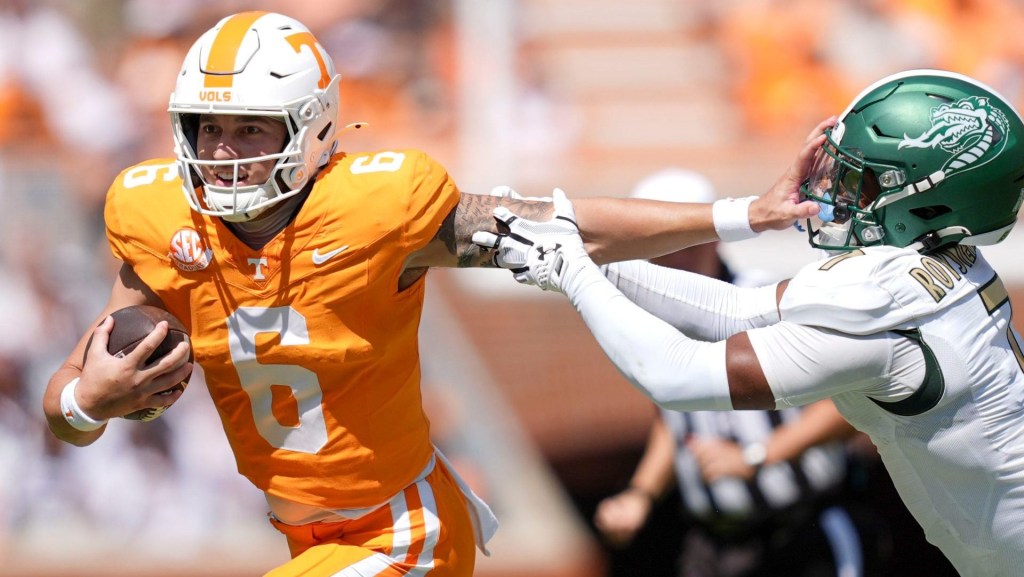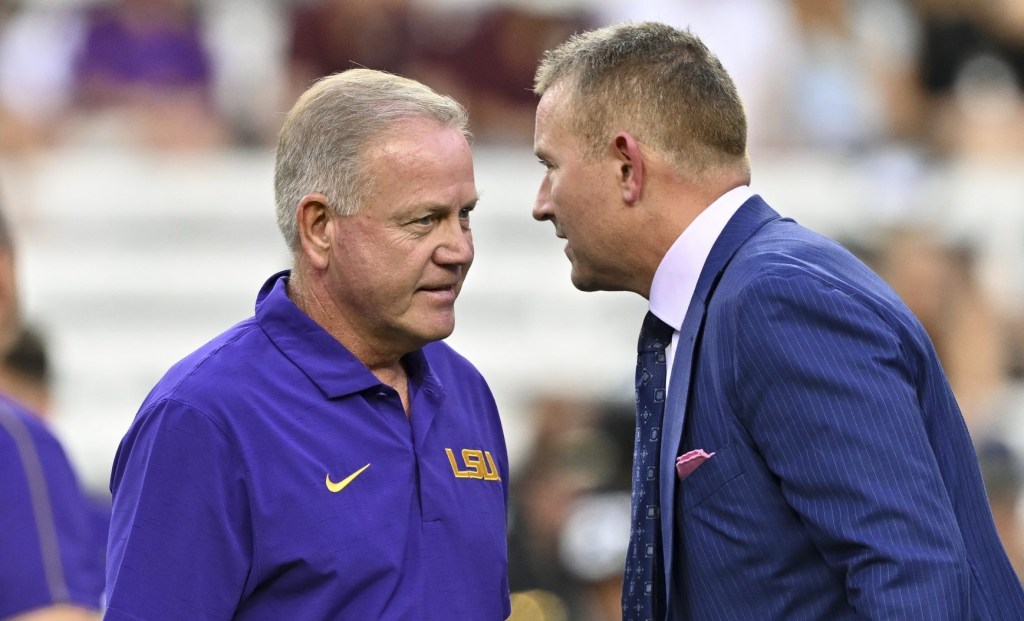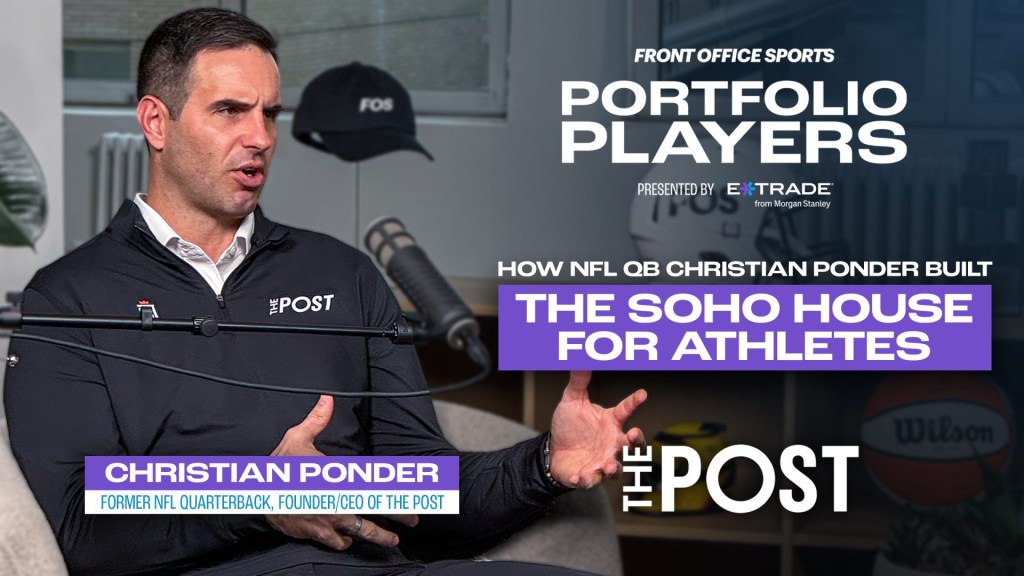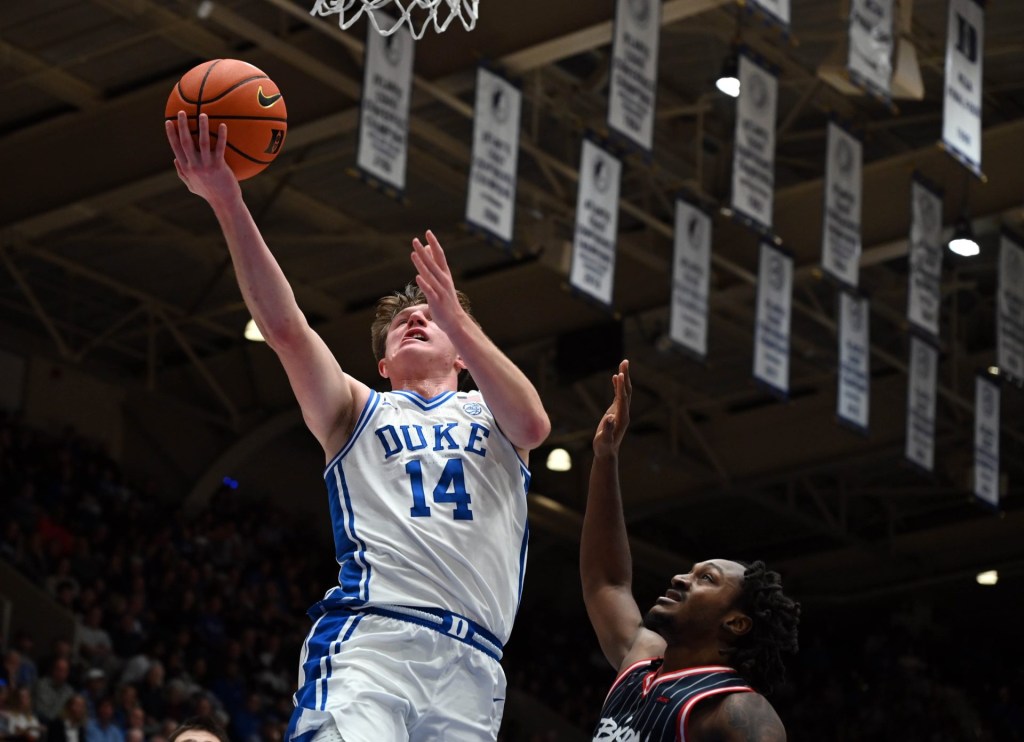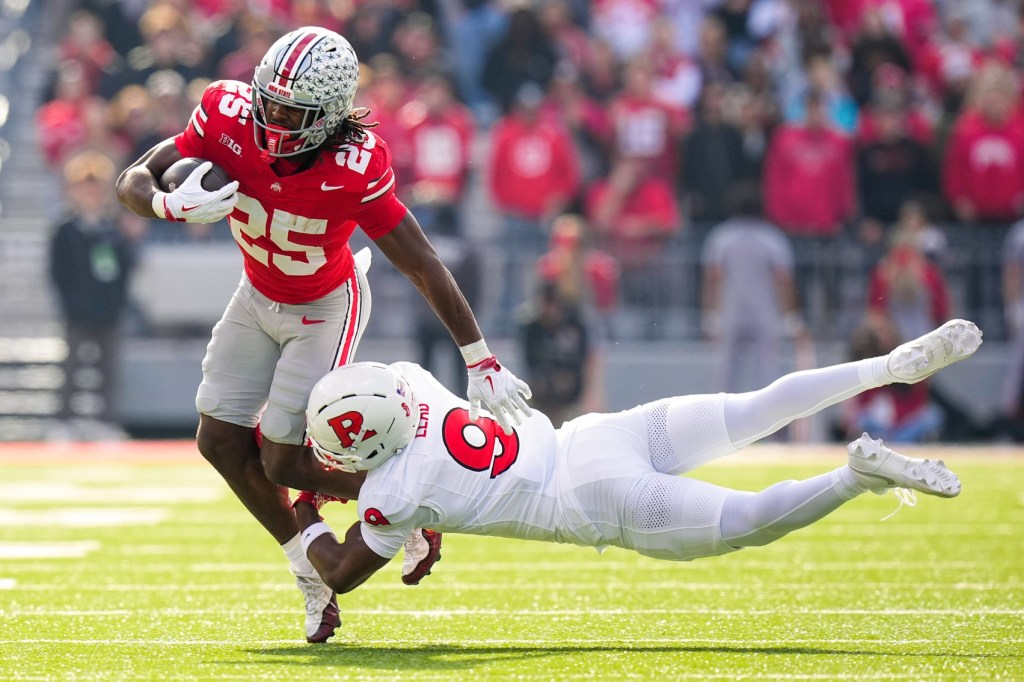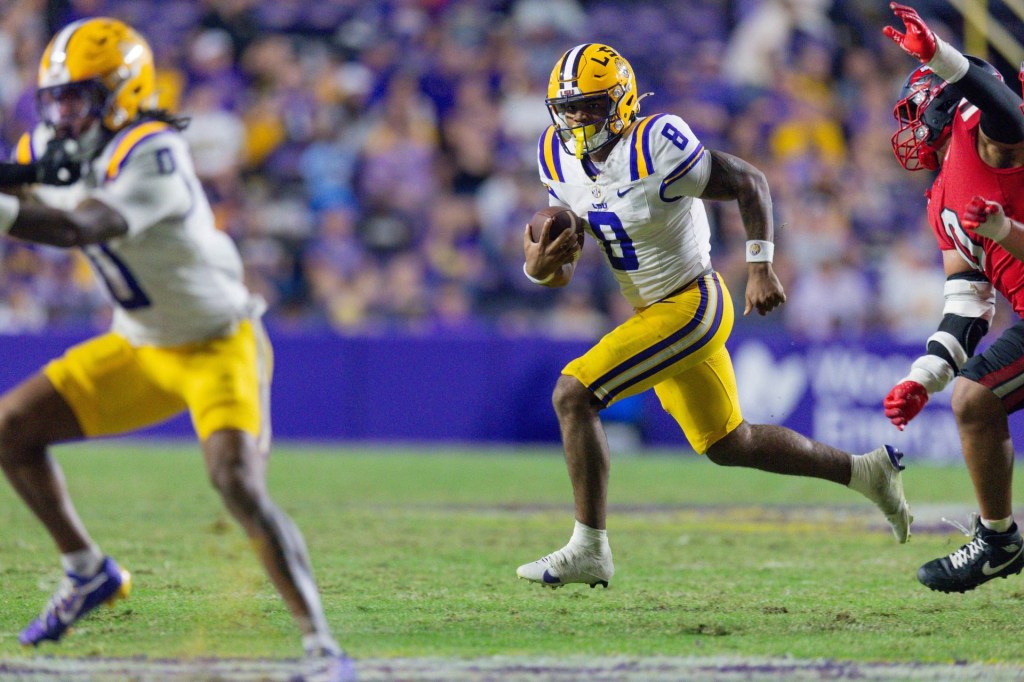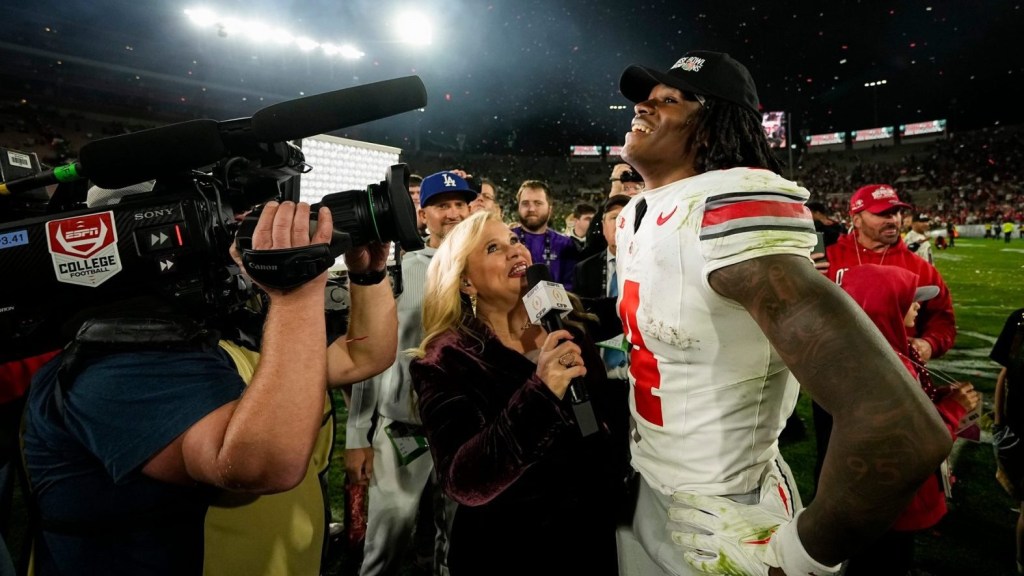NEWARK, N.J. — In the last three weeks alone, at least three NBA assistants have jumped into the men’s college game. Utah hired Mavs assistant Alex Jensen as its next head coach on March 6. Three days later, Florida State hired Kings assistant Luke Loucks to replace longtime coach Leonard Hamilton. Both are alums of those schools, but Pelicans assistant Dan Geriot had no previous connection to Iona, which plucked him as their new boss on March 20.
The moves are part of a new trend: Pro basketball coaches are willing to leave their jobs for college, which was previously viewed as a step down.
The most prominent example can be found in the Sweet 16, where Kevin Young’s BYU faces Alabama on Thursday night.
BYU hired Young away from the Phoenix Suns last year. It was a move that raised eyebrows around the basketball world, as Young had risen to become one of the NBA’s most respected assistants in eight years with the Suns and 76ers. The Suns promoted him to associate head coach in 2021 and in 2023 he was given a five-year, $10 million extension with Phoenix, which made him the highest-paid assistant in the league. The deal came after he finished as runner-up for the Suns’ head coaching job, which went to Frank Vogel.
When he was hired by BYU, Young signed a seven-year, $30 million contract that instantly made him one of college basketball’s highest-paid coaches. Jensen was signed to a six-year contract that pays $3.6 million annually, but can go over $4 million with incentives.
The Cougars’ Sweet 16 run is their deepest in the tournament since Jimmer Fredette led the team there in 2011. And it looks like Young’s team could become a second-weekend regular. The nation’s top recruit, AJ Dybantsa, is signed for next season, with $5 million in NIL (name, image, and likeness) money from the school’s collective and $2 million more from Nike and Red Bull.
Historically, college is where pro coaches went after they lost out on jobs or promotions in the NBA. The pay is similar, with both options paying in the millions, but the lifestyle isn’t. College offseasons are far more grueling, with summers spent recruiting at hot AAU gyms instead of on vacation. But the ability to pay players NIL money and recruit them from the transfer portal has made college and pro jobs more similar than ever.
“The college game, I think, it’s becoming more and more professional,” Jensen said when he was introduced as Utah’s head coach last week. “And I think most players are the same: They want to know if you care, and two, if you know what you’re talking about.”
Young says all three assistants who made the jump to college this month are friends, and he’s spoken to several about the transition. Young is Mormon, making him a natural fit at BYU, but he said there are other perks to working in college—especially job security.
“I think that’s probably one of the biggest differences coaching in college versus the NBA, is the stability piece,” Young told reporters in Newark on Wednesday. “They’re great jobs for that reason alone.”
BYU’s athletic director Tom Holmoe told Front Office Sports when the program needed to hire a new coach a year ago after Mark Pope left to coach Kentucky, NBA experience wasn’t a requirement. Young had interviewed with the school in 2019 while he was an assistant to the Sixers, but lost the job to Pope, who had been the head coach at Utah Valley for the previous four seasons.
In the five years since then, the lines between the NBA and college basketball became much blurrier, as a series of court rulings barred the NCAA from enforcing any restrictions on transfers and NIL deals.
Holmoe said Young did interview better the second time around. But he told FOS that the new college landscape made him a better fit, too.
“I think that experience in the NBA mirrors a little bit more closely college experience now,” Holmoe told FOS. “You’re looking at ‘free agents,’ where that wasn’t the case in the past. I think he’s a little bit more adept to that. … I think we’ll see more [NBA coaches come to college], but I think you’re going to see some NBA coaches fail [in college] just because they might not have the connection to college and he is a perfect fit.”
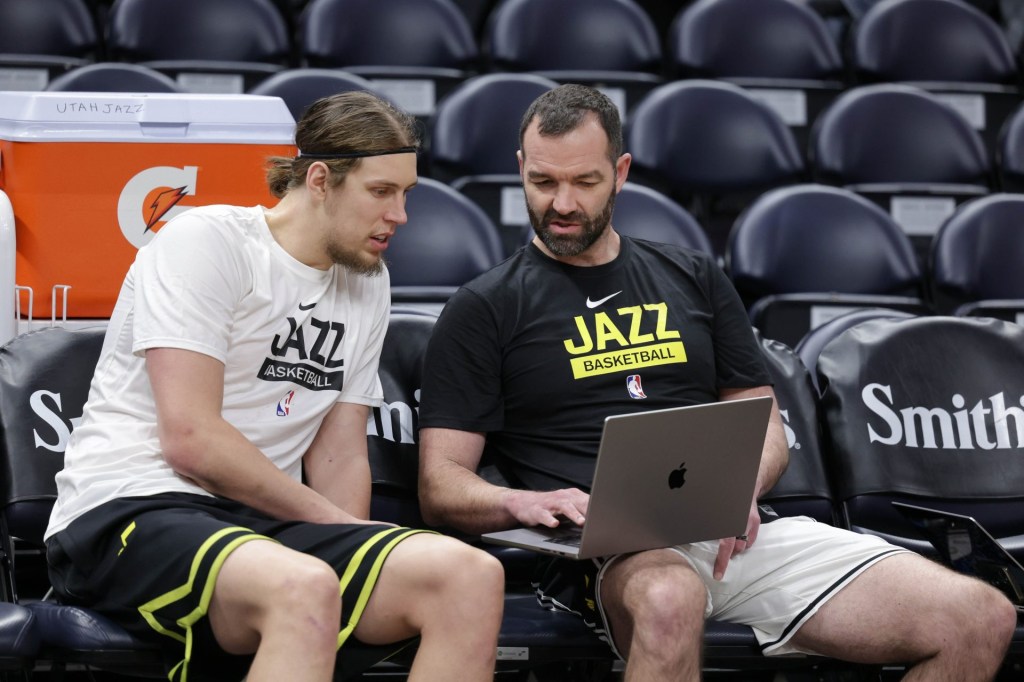
Young gave credit to his staff, which is likely the most NBA-heavy in Division I. He brought the Suns’ nutritionist and director of analytics with him from Phoenix, and his staff includes the former Bucks strength coach and two former G League head coaches.
It’s brought an instant level of credibility with his players that few first-year coaches with no college experience would have otherwise.
“I’m big on reference points,” Young said. “I think when you can say, this is how we stop Damian Lillard … that gives them the bright eyes so they listen a little bit more.”
Or as Cougars guard Trevin Knell put it: “Who wouldn’t want to play for an NBA coach that has already been there? Everything down the line is all NBA.”
Jensen is already following Young’s lead. On Tuesday, ESPN reported that Utah is hiring Kings assistant GM Wes Wilcox to be the program’s GM.
Both Jensen and Young compared modern college jobs to the NBA’s G League, where both spent time as head coaches. G League salaries start at $40,500—comparable to what many rotation players earn in NIL money—and rosters experience heavy turnover year-over-year, just like college teams do in the portal era.
Jensen said when he was interviewing with Utah, he began seeing similarities to his time as head coach of the G League’s Canton Charge in the early 2010s.
“You’re negotiating with players and you try to make it a place or a team where they want to come,” Jensen said. “There’s a reason to come besides the money.”
Holmoe, BYU’s athletic director, told FOS that Young’s G League experience was “part of the discussion” in the decision to hire him.
“The way you get players is somewhat similar,” Young said. “The type of people you’re dealing with is somewhat similar. The year-to-year nature of the G League back then—I mean, when I was doing it, it was week to week, your best player would get called up on game day and you’d go out there and play with six guys and have to figure it out. But I think the turnover is similar.”
Young’s Sweet 16 run is an early encouraging sign for NBA coaches transitioning to the college game, but his newly hired peers may determine the staying power of the trend. Holmoe predicted some NBA coaches will fail at the college level, but what will happen to the ones that succeed? Will they stay in college or go back to the NBA if opportunity calls?
Regardless, as the college game continues to look more like the pros, Young is expecting more of his NBA coaching friends to call him to discuss college jobs—and get hired for them.
“You can draw comparisons for sure to the NBA, the G League and college,” Young said. “But I think more and more, all those worlds are starting to merge together with similarity.”
